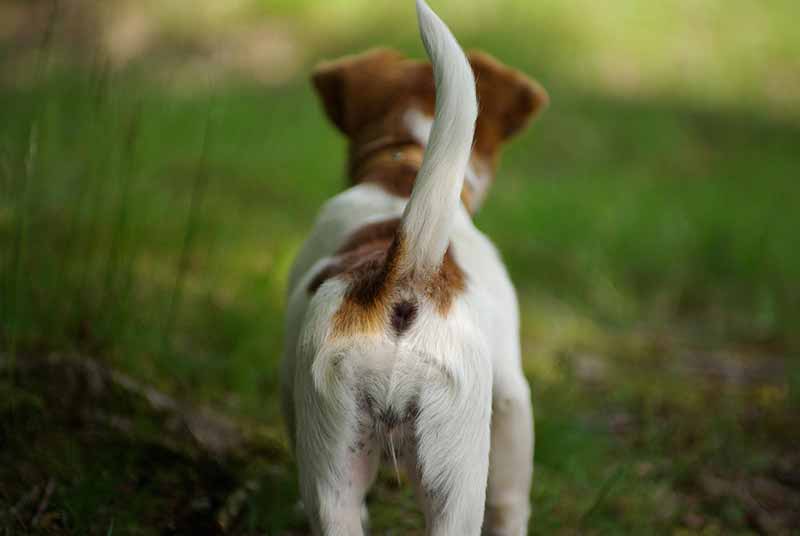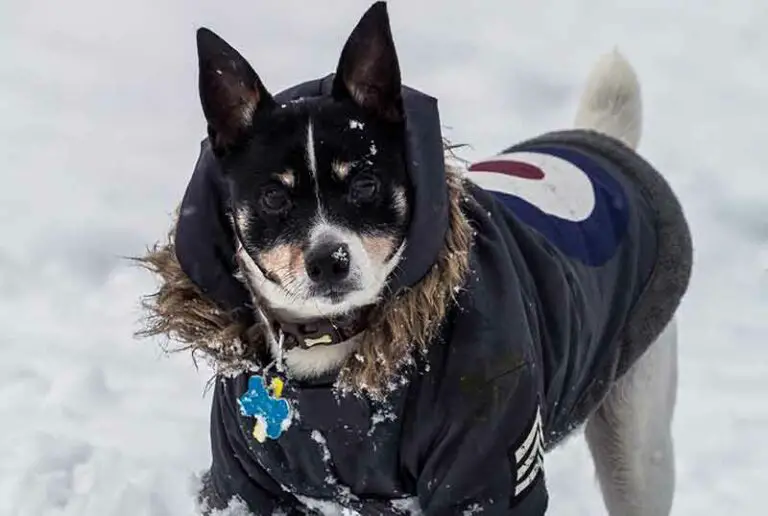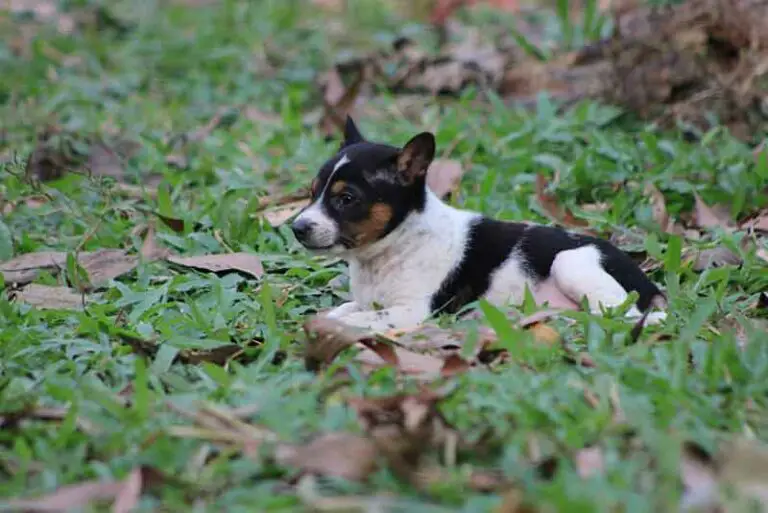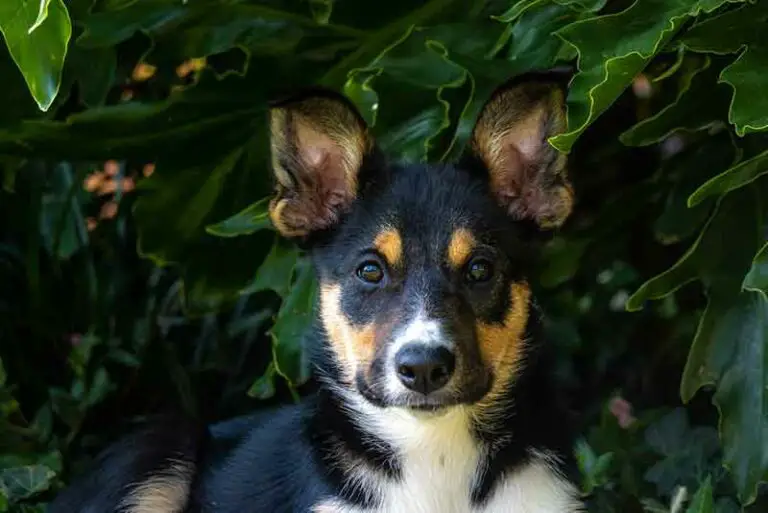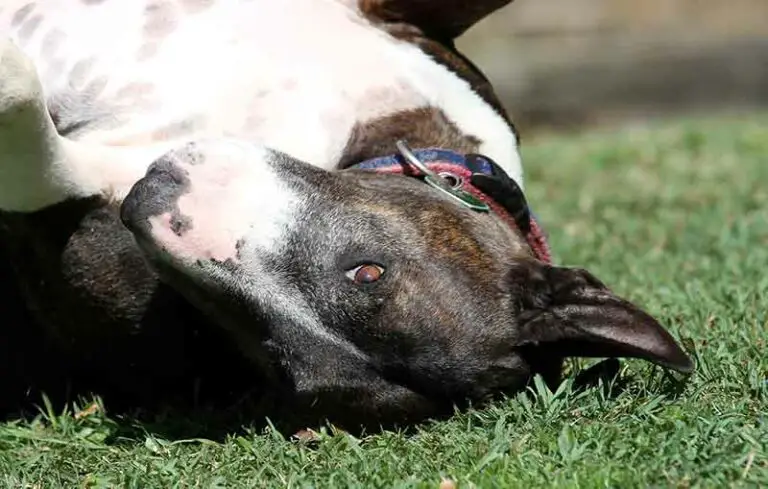Rat Terrier’s Tail – All You Need To Know
A tail to a dog is like a hair to a girl. It’s the jewel that shows them off. There are many tail types among dog breeds, and all of them add beauty to the dog’s body.
Yet, what kind of a tail does a Rat Terrier have? A Rat Terrier’s tail usually is thin and has a significant length. Most of the time, these tails are upturned.
Let’s dive in and find out more!
Who Is A Rat Terrier?
Let’s go through again and see who’s a Rat Terrier. They are relatively new to this world and not a naturally evolved dog breed. Ratties came into existence because of humans.
Americans crossed a few other dog brands with the Manchester Fox Terrier, which originated from England.
The reason behind this production is to create a hunting dog breed to keep the rodent population in check.
As for the appearance of Ratties, they are small in size and have a lean body shape. Their appearance oozes confidence and stubbornness, which are also characteristics of this dog.
They have erect ears and such cute eyes located apart from each other. Compared to the body, a Rat Terrier has thin yet long-looking legs. After a couple of centuries from their origin, Rattie is now a domesticated pet.
Yet they are once again becoming famous as service dogs in hospices and police search dogs due to their high intelligence. They are loyal to their owner and very affectionate and loving.
Further, this Terrier breed ranks on the top of smart dogs and hence very easily trainable.
So that’s the summarization of this breed. Because you’re searching about body features of Ratties, especially Rat Terrier tail, I assume that you’re considering owning a Rattie.
Therefore, if you’re new to the Ratters’ world, the above information will be beneficial. So, now, let’s get back to the topic without further ado.
What Kind Of A Tail Does A Rat Terrier Have?
As mentioned above, the Rat Terrier’s tail is naturally thin and long. It’s covered in fur with the hair color that the Rattie possesses.
The end of this tail is significantly narrow compared to the size of the part attached to the body. In my opinion, this tail complements our Terrier very well.
The Rat Terrier tail comes in different types. They are the natural long-tail, natural bob, no tail, and you could dock his tail at a young age, too.
- The Natural Long Tail
It is the most prominent tail among any dog breed. Naturally, dog’s have a long thin tail at birth.
This tail would, later on, grow long hair like a bush (as in Golden Retrievers) or have matted fur on the thin tail (as in terriers and Beagles).
The latter is what our beloved Ratter will have when they grow up. The long natural tail is the tail with the entire length of the Rat Terrier tail since birth.
- The Natural Bob
It’s possible for a dog to have a short tail at birth. This tail does not reach the standard length of a Rattie and is also known as a natural bob.
Puppies without full length tails are rare but not impossible to find.
- Born Without Tail
I did mention that the tail of a dog is its jewel. But unfortunately, there are situations where puppies are born without a tail.
This type is common among the dog breeds we’re talking about. Like in the natural bob, this is rare to find, but nothing that hasn’t happened before.
- Docked Tail
There’s another prevalent tail type in Rat Terriers: the docked tail. If you don’t know what a docked tail is, the tail was shortened by the doctor when the puppy was an infant.
The veterinarian will amputate a part of this long tail at the owner’s request. Most of the time, it’s done as a fashion nowadays. But there are good reasons for people to do it.
This is very common among rottweilers. Anyhow, in my opinion, I do not encourage docking a dog’s tail.
For a start, it will be painful to that innocent infant puppy, and secondly, doggos get a tail by nature for a reason, won’t it? Let’s discuss this topic further in the article.
Do Rat Terriers Have Curly Tails?
Yes. Almost every Ratter has an upward curled tail, but few dogs get almost perfectly straight tails.
Yet, the standard Rat Terrier tail has a slight to a full rounded upward bent.
Rat Terrier’s Tail Length
The naturally long Rat Terrier tail usually has a length of about ten inches. But the natural bobtail, which is expected around this breed, can result in several sizes of tails in furry pups.
Moreover, we explained that many people still dock their Rattie’s tailpiece, and the traditional dock will result in a tail of about just two or three inches long.
Should Rat Terriers Have Their Tails Docked? Or Not Docked?
Even though I personally prefer not to dock the tails of any doggo, this is still a fashion among Rats. Yet, there’s a perfect reason why people started shortening their Terrier’s tails.
Rat Terriers are designed for hunting. They hunt small animals like rats (obviously) and rabbits. Most of the time, these small animals live underground.
So our cute little hunters ended up with injured tails quite so much. To prevent that, people started docking the tailpieces.
But still, there’s a myth running around that dogs with a docked tail grow to be feistier and more muscular than one that has not. If you own a working dog who’s a hunter, it’s better to have his tail shortened.
But if your pet is an average house dog, the decision is up to you to conclude if you’re going to shorten the Rat Terrier tail or keep it to its natural length.
So that’s all about the tail of our new dog on the block. We hope you have now gained a sizable amount of information about this breed. If you have any doubts or questions, forward them to us, and we’ll answer them to the best of our knowledge.
With that said, we’ll see you next time. Stay tuned with Jack Russell Owner for more.

